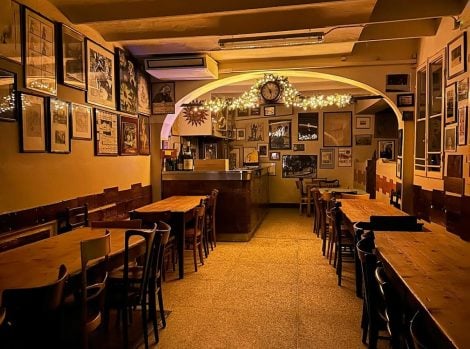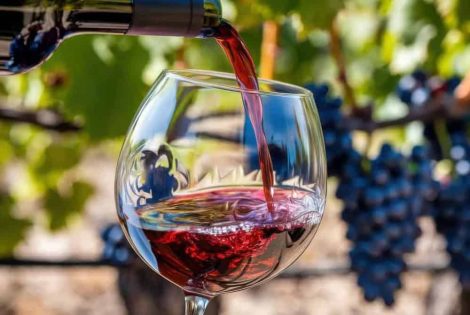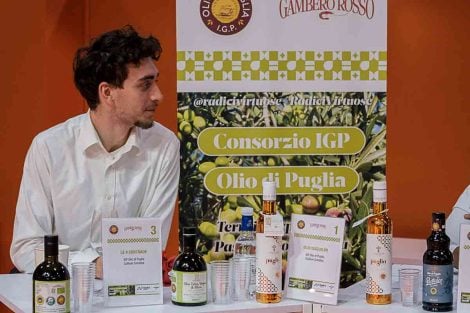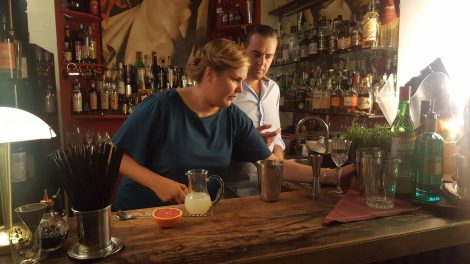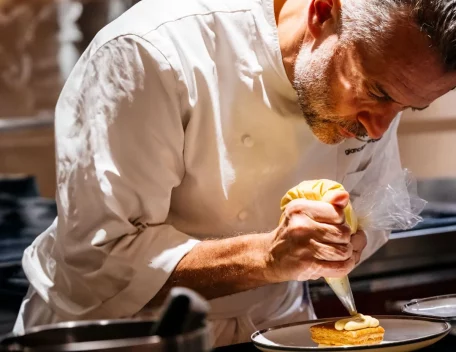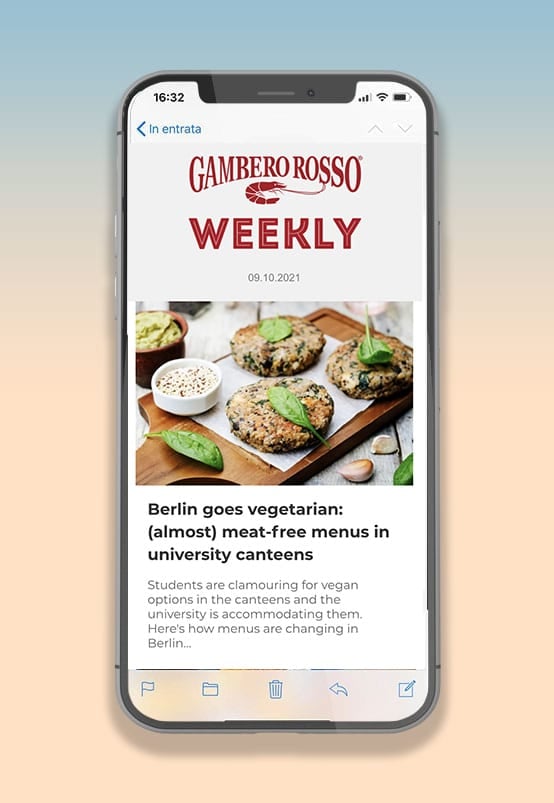Who would have thought that people in Hong Kong would fall in love with fried tripe? Or that they would queue up for tagliatelle with chicken giblets and grilled bone marrow? And yet, in one of the world’s gastronomic capitals—a city filled with Michelin-starred restaurants, high design, and fine dining — people have begun to discover and appreciate rustic Italian cuisine, the kind that champions offal and old-school dishes, which can often be hard to find even in Italy, especially when prepared with care, precision, and technique, as it is at Testina.
This is no coincidence: Testina is the Eastern spin-off of Trippa, which for about ten years has been the place to be in Milan, where Diego Rossi —an advocate of casual, fuss-free cooking and a chef who has helped redefine Italian culinary tradition—has won over diners with snails, cotechino, horse tartare (alongside a robust selection of delicious vegetables), and, of course, that now-famous vitello tonnato, which has become a signature dish and redefined the way the classic dish is perceived. Trippa is a restaurant with a highly informal atmosphere, inspired by old-school trattorias, and it has even managed to persuade its customers to dine at 7:15 pm, creating an earlier seating to accommodate demand—so high that one could almost imagine a secondary market for reservations.
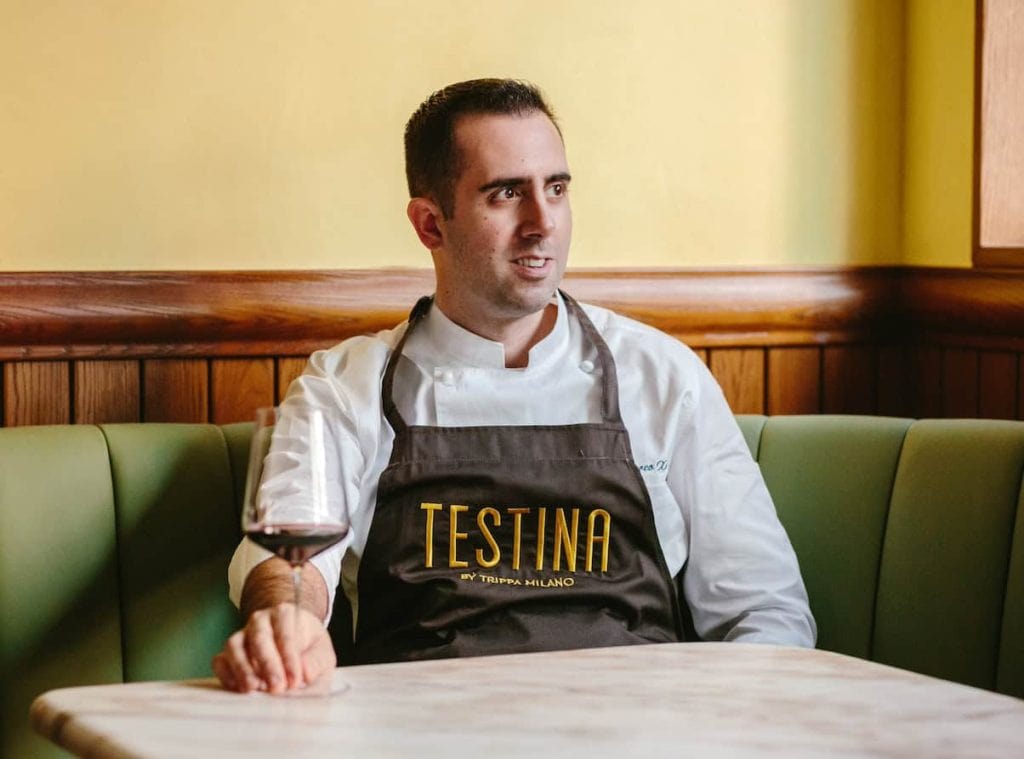
When the opportunity arose, Trippa expanded—not just with other similarly styled but distinct venues in Milan, like Osteria alla Concorrenza, but also across the world with Testina. In the kitchen is Marco Xodo, who answered Rossi’s call during the timeless void of the pandemic. Having wrapped up a long stint in Shanghai with Umberto Bombana, Xodo returned to Italy just in time to join this new project, spending six months immersing himself in the Trippa style before heading back to the East—this time to Hong Kong, a concrete jungle of dazzling lights, endless temptations, and hidden traps. He arrived in December 2021, and by February 2022, he was ready to take his place at the pass.
The early days were tough, with COVID-related closures still affecting daily life and travel restrictions shaping a new clientele. "We opened at the worst possible time in history," Xodo admits, "but that allowed us to start slowly and get everything right. There was a lot of interest because Trippa was behind it, and people still remembered its pop-up from a few years back." The name Diego Rossi helped launch the restaurant, and as the months passed, life gradually returned to normal—or rather, a new normal.
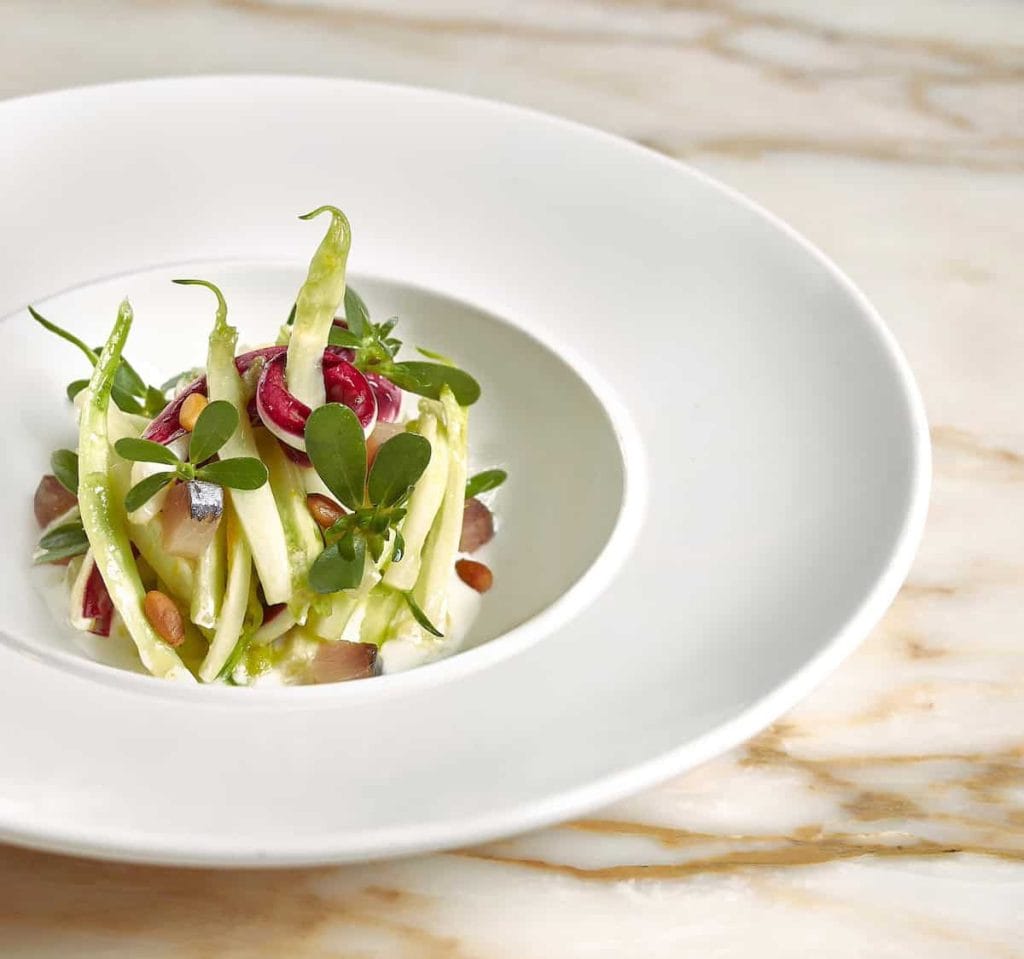
What has changed compared to before?
People prefer to go out more often and spend less, rather than the other way around.
Does that hurt your business?
No, in fact, it helps us—we are accessible, and that works in our favour.
What does "accessible" mean in Hong Kong?
Our average price is around €100 per person. Hong Kong is an expensive city—pizza here can easily cost €20-25, and fine dining, even at a one- or two-star level, starts at around €350 and goes up.
How would you define yourselves?
We see ourselves as a kind of trattoria. We've positioned ourselves in the middle ground—not competing with the typical pasta-and-pizza restaurants abroad, but also not in the same league as the fine-dining giants like Bombana, which is a different world altogether. By being in this space, we attract customers from both ends of the spectrum.
A bit like Trippa…
Trippa, in its raw and unfiltered form, would struggle here because it's a different market. But while maintaining the authenticity of the food—which is our defining trait—we've adapted our service a little. For example, we use tablecloths and offer a more refined experience, blending the rustic charm of a trattoria with top-notch service.
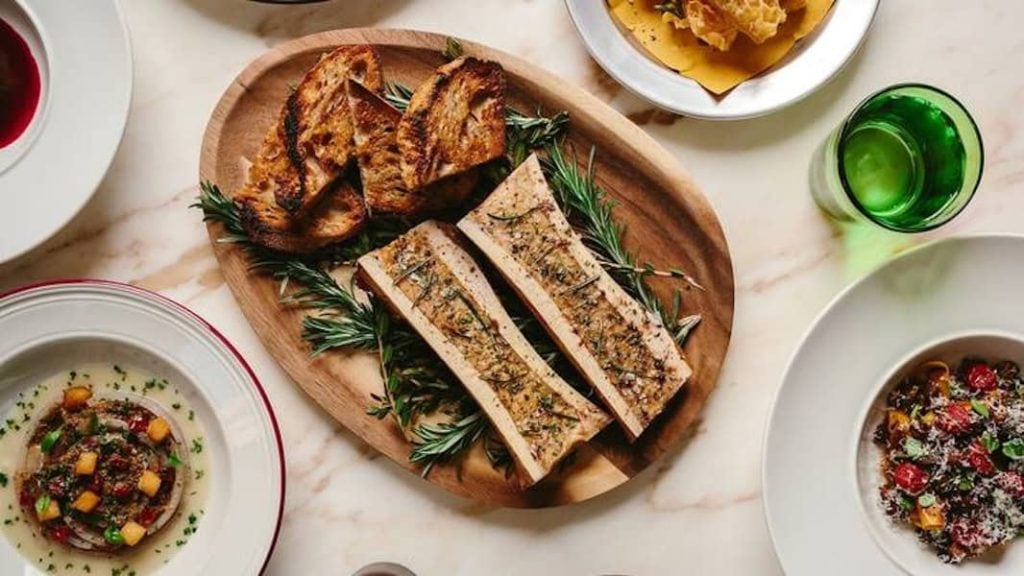
How is your menu structured?
We have a core menu featuring some of our classics: fried tripe, seared pig’s head, bone marrow, pappardelle with chicken giblets, and tagliatelle with duck—a sort of Bolognese-style ragù. These are very popular dishes. Then there's a specials menu, where we focus on seasonal ingredients or more unique products. For Christmas, since I’m from Milan, I put cassœula on the menu—but with a twist: instead of the traditional version, I made a capunèt (a cabbage roll) stuffed with cassœula, to lighten it up a bit. In the end, it's a dish that aligns well with local food culture. This season, we’re doing puntarelle with walnut pesto and ’nduja oil, as well as sweetbreads and grilled beef heart linguine.
And how has the reaction been?
Very positive. People come here expecting something different. Take the heart, for example—it was a bit of a gamble, but now we go through four pieces a week because it’s in such high demand.
No vitello tonnato?
No, Diego is keen to keep that as an exclusive dish for Trippa. Here, we do a variation: lingua tonnata (tuna sauce over beef tongue).
How has your cuisine been received in Hong Kong?
Rabbit was a gamble, as it's considered a pet here—just like horse meat, which is completely off the table. But overall, we share many similarities with local cuisine, especially when it comes to offal. Organ meats are everywhere in street food here, so the challenge was more about seeing how they would respond to these ingredients cooked in a Western style. And it’s gone well. If there was anywhere to open Trippa, it was Hong Kong. Shanghai would have been much harder, as it’s a closed market with strict import restrictions, whereas here, we have no such issues.
Do you import a lot of ingredients from Italy?
Yes, we have to. There are only two seasons here, so we follow the Italian seasonal calendar—otherwise, we'd have cherries and melons all year round! Right now, we're serving black cabbage, puntarelle, and turnip greens.
What about meat?
That depends. We import certain cuts, especially those with different textures that wouldn’t work for our dishes. For example, for fried tripe, we need the "cuffia" cut, which can vary in colour and size here. It has to be just right for frying. So we import tripe, sweetbreads, brains, and hearts from Italy. But the local chicken is excellent—we make pappardelle with a farmyard ragù that has become one of our signature dishes. As for seafood, we use local fish and sea snails. Some local products are very similar to Italian ones. If they’re good, why not use them?
Such as?
Mulberries—we make a sorbet out of them.
Does importing so much affect the cost?
About 20% more, especially post-COVID, because fewer flights mean higher prices. It’s a chain reaction—starting from the product cost down to suppliers. In the end, you have to price things accordingly. But like Trippa, our philosophy remains: use the best ingredients possible and do as little to them as needed.
Is there an environmental impact?
Any restaurant will have to import certain products, and there’s not much that’s green about that. The best we can do is minimise waste—for example, using ingredients that might otherwise be discarded. Ideally, we'd have a local supplier for everything, but that’s just not realistic here.
And what about wine?
Hong Kong has one of the best food and drink cultures in Asia—aside from Japan, which plays in a league of its own. But wine is tricky: many people bring their own bottles because they have extensive collections, often filled with top French wines or prestigious Barolo, Barbaresco, Chianti, or Amarone. It’s about showing off. We allow BYOB, but ask that they also buy a bottle from us or pay a corkage fee.
What do they choose?
It used to be just French wines, but now there’s an interest in trying new things—so long as someone knowledgeable guides them. Our sommelier, Luciano Calabrese, follows our culinary philosophy, suggesting interesting, lesser-known wines that pair well with our food. Just as we introduce cassœula, we also introduce boutique wines—often natural wines from Mount Etna.
And how’s that going?
Slowly but surely. The trend is shifting towards more drinkable, all-meal wines rather than heavy, prestigious bottles.
What about natural wines?
They appeal to younger drinkers, while older customers stick to what they know. We’re also introducing amari to showcase Italy’s regional diversity. It’s a work in progress…
Testina - Hong Kongo - 3/F, 8 Lyndhurst Terrace - +852 2798 0668 - https://www.testina.hk/

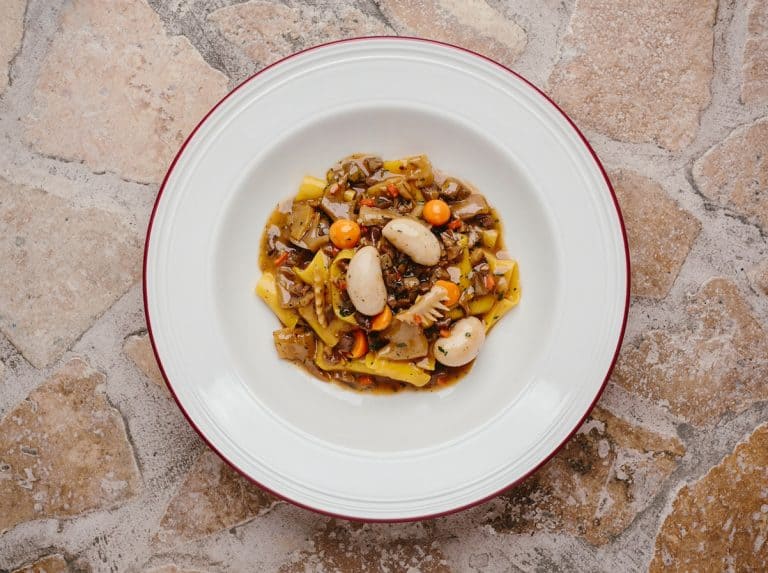
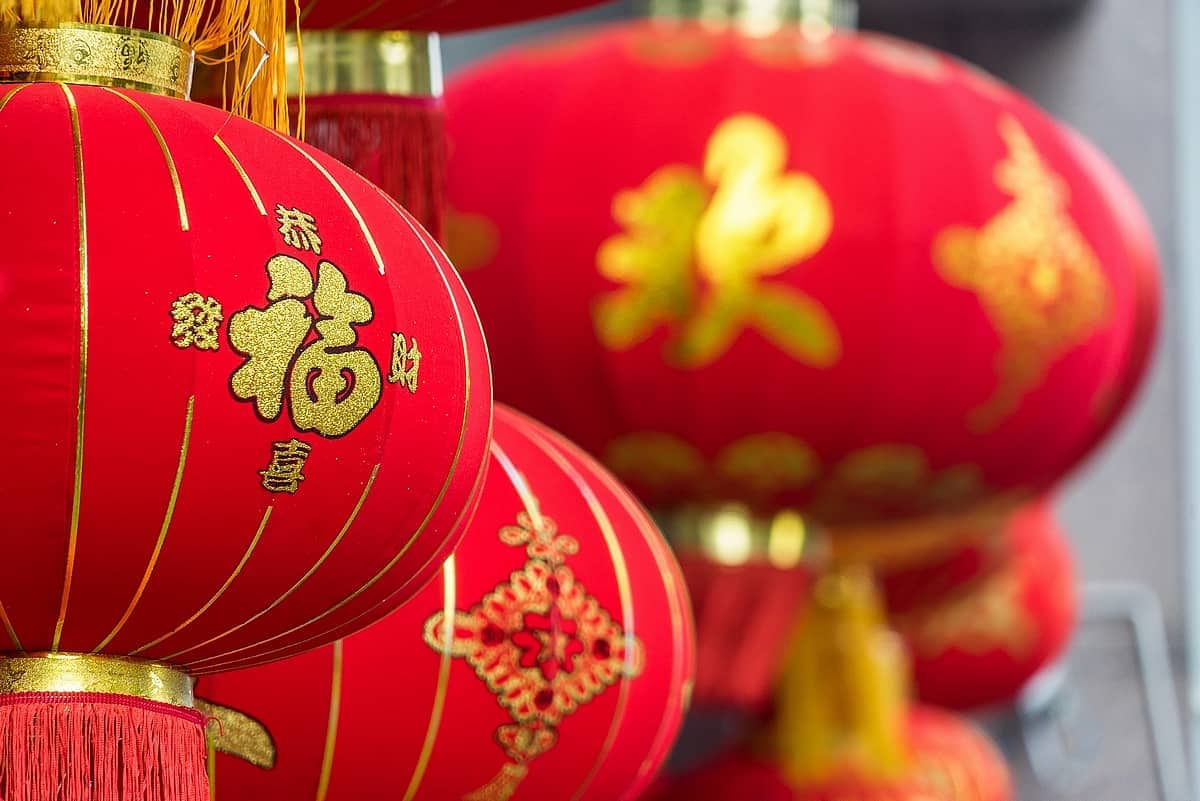 What changes for the export of Italian wines to China under the new regulations?
What changes for the export of Italian wines to China under the new regulations?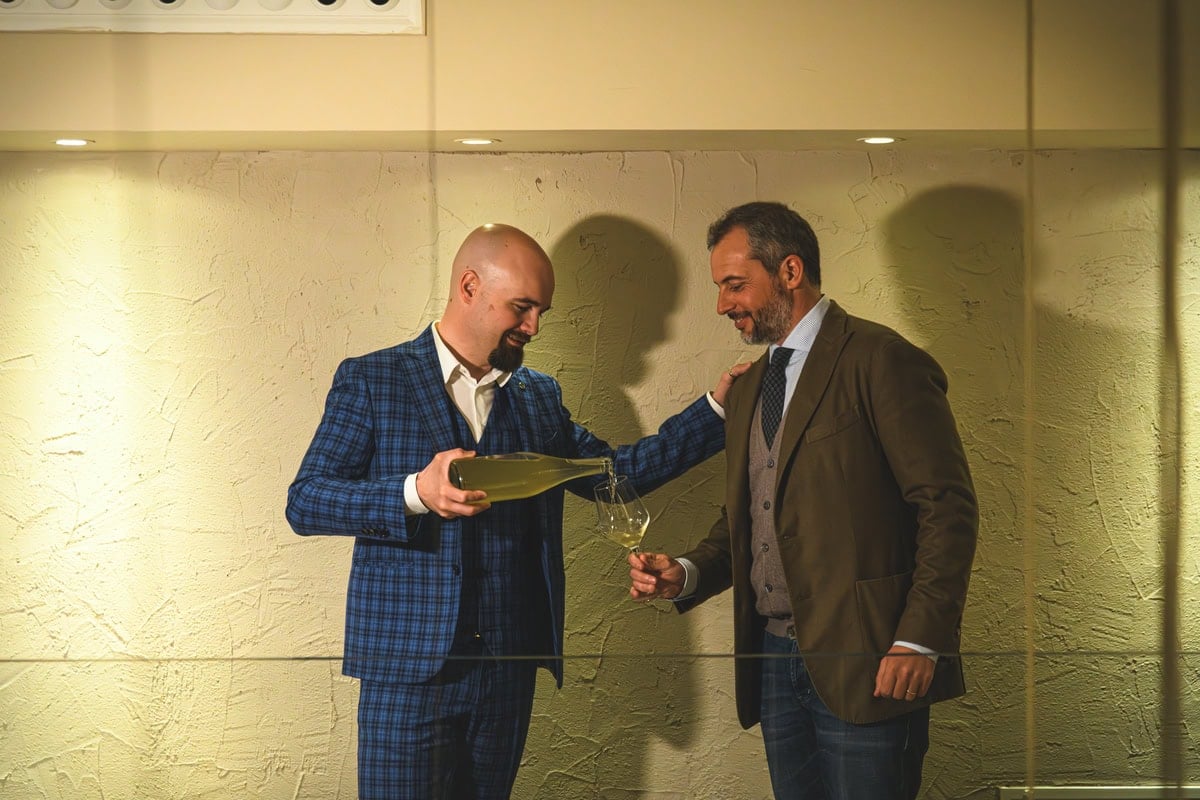 “Forget dealcoholised wines. The future is Komb(w)ine.” Moser and Ravizza present a new grape must-based product
“Forget dealcoholised wines. The future is Komb(w)ine.” Moser and Ravizza present a new grape must-based product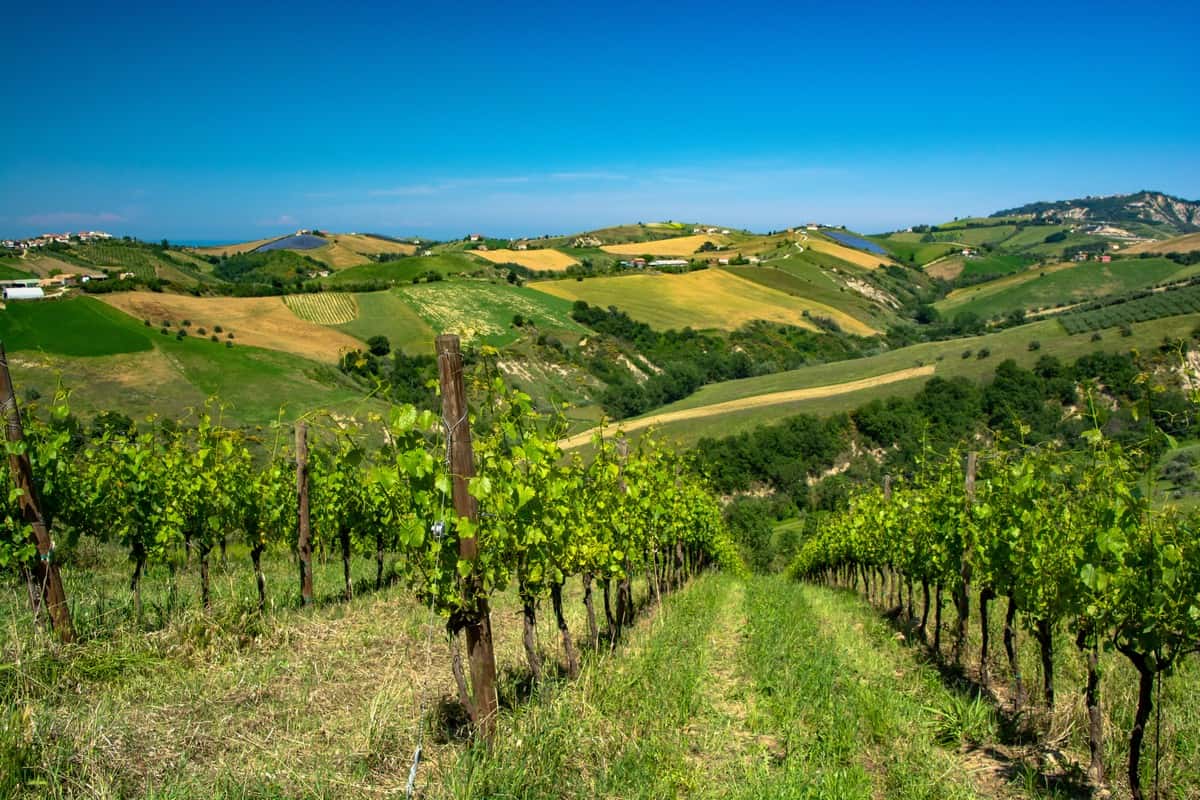 Global wine consumption at a historic low and vineyards in decline. The OIV report outlines a 2024 to forget
Global wine consumption at a historic low and vineyards in decline. The OIV report outlines a 2024 to forget Oenologist Riccardo Cotarella will also produce dealcoholised wine: "My first bottle will be out in October and it won’t be bad"
Oenologist Riccardo Cotarella will also produce dealcoholised wine: "My first bottle will be out in October and it won’t be bad"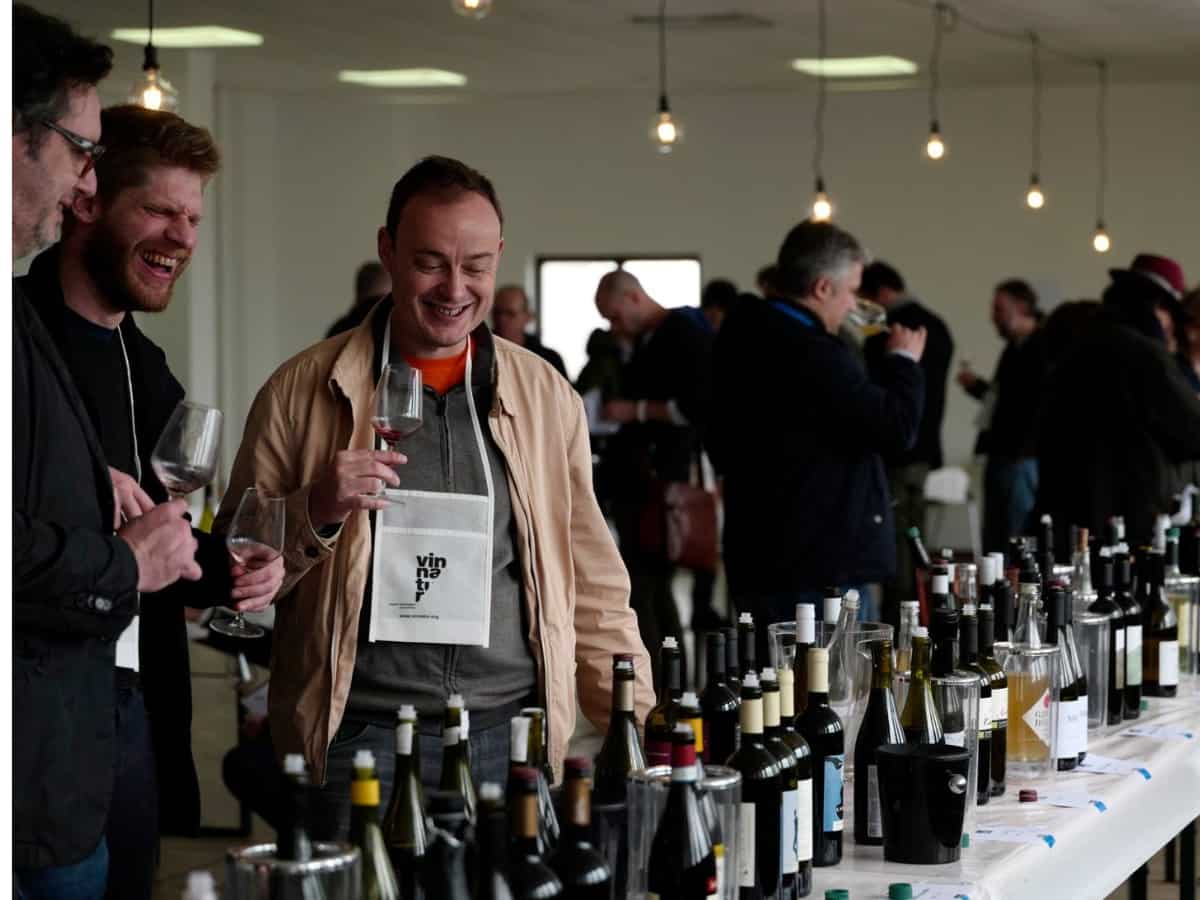 Dear natural wine world, enough with the constant polemics. If you don’t want to self-ghettoise, self-criticism is needed
Dear natural wine world, enough with the constant polemics. If you don’t want to self-ghettoise, self-criticism is needed
